How to Balance Light Transmission and Scratch Resistance of Scratch Proof Film
2025-06-10
Balancing Transparency and Scratch Resistance in Scratch-Proof Films
Balancing transparency and scratch resistance involves careful material selection and engineering. Here's how to achieve this equilibrium:
1. Material Composition as the Core Factor
High-transparency materials like PET (polyethylene terephthalate) or TPC (thermoplastic copolyester) form the base of most films. These materials offer light transmittance exceeding 90% while providing moderate scratch resistance.
To enhance durability without compromising clarity:
- Manufacturers apply hard-coat layers (e.g., silicon dioxide nanoparticles) to the film surface
- Example: A 0.125mm PET film with a 3H-hardness coating can maintain 92% transparency while resisting daily scratches from dust or fingernails.
2. Thickness and Coating Thresholds
Thinner films (e.g., <0.2mm) inherently preserve better transparency but may sacrifice scratch resistance. However, advanced coatings can offset this.
- A tempered glass film (0.2-0.3mm thick) with an anti-reflective coating achieves both 91% light transmittance and 9H hardness (resisting steel objects), making it ideal for smartphone screens.
- The key is optimizing the ratio: a 0.25mm film with a 5μm hard coat balances optical clarity and abrasion resistance better than a 0.5mm film with an uneven coating.
3. Surface Texture and Nano-Engineering
Micro-roughness on the film surface (e.g., matte finishes) can reduce glare but may slightly lower transparency.
Nano-engineered coatings create ultra-smooth surfaces that minimize light scattering while enhancing hardness:
- Films using nanoscale ceramic particles in the hard coat can achieve 95% transparency and 7H hardness, outperforming traditional acrylic coatings in both metrics.
4. Application-Specific Trade-offs
Prioritize optical clarity with ultra-thin films (0.05-0.1mm) and anti-reflective coatings, accepting slightly lower scratch resistance (4H-5H).
Use thicker films (0.3-0.5mm) with 9H coatings, tolerating a 2-3% reduction in transmittance for superior durability.
You Might Also Like
-
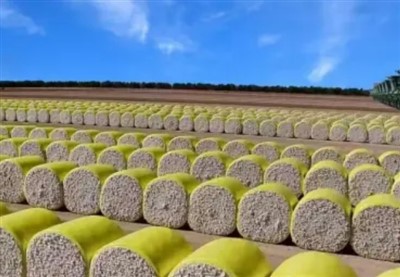
what are the advantages of cotton packaging film
-
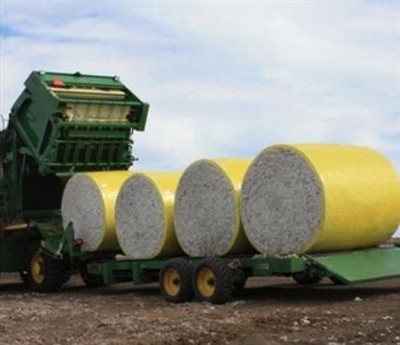
The Advantages of Cotton Wrap Film
-
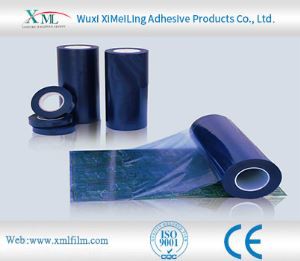
How does pe protective film cope with high temperature environment
-
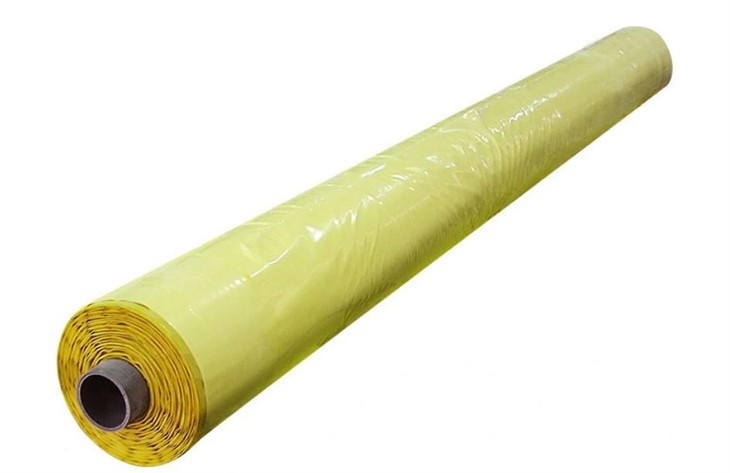
Advantages of Cotton Bale Wrap Film
-
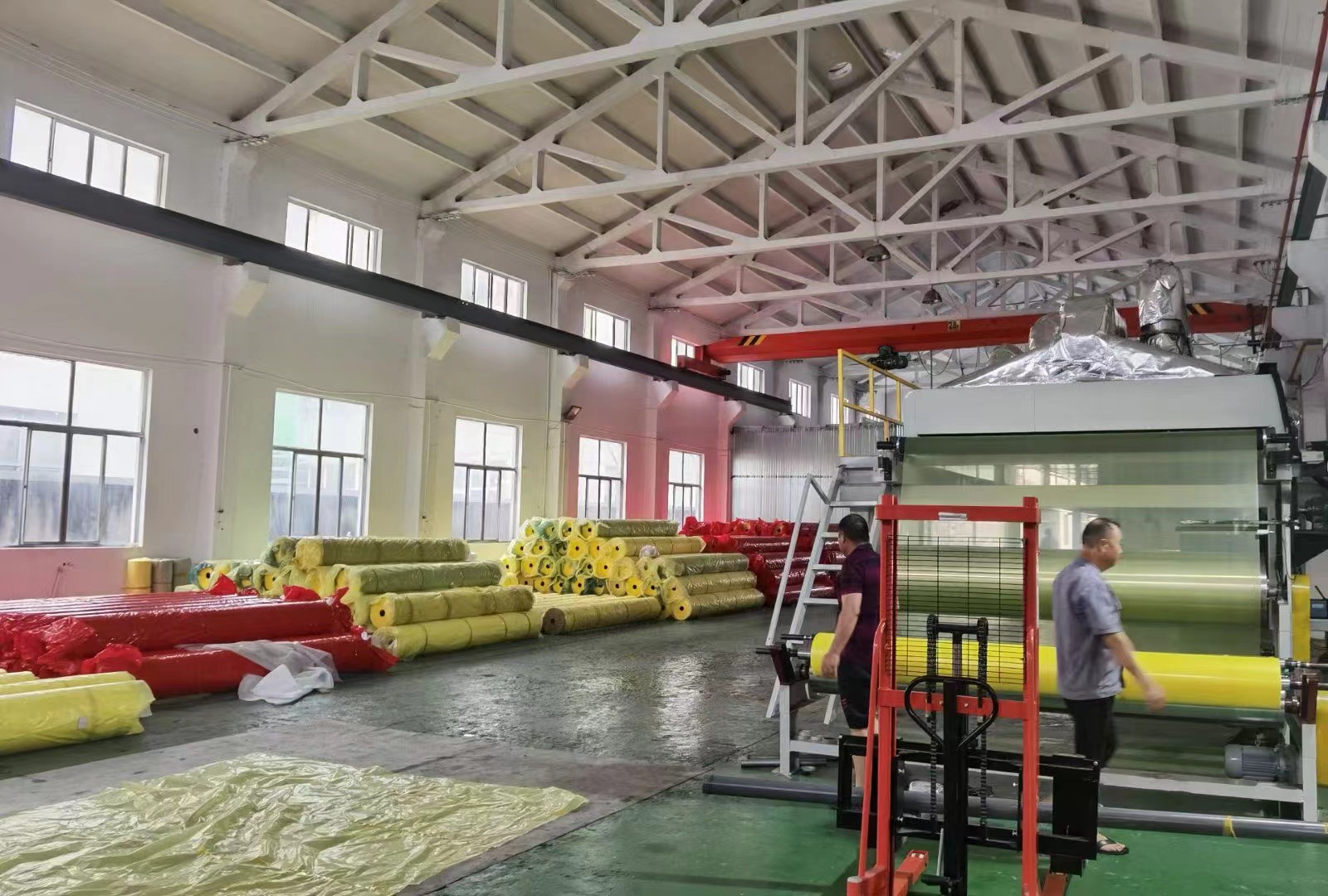
Storage method of cotton bale wrap film
-
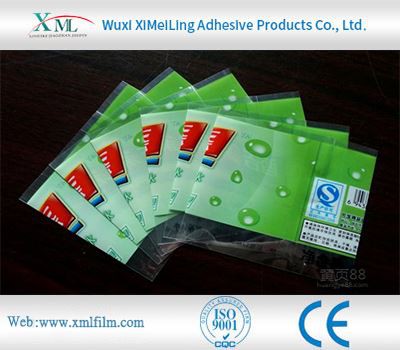
How Polyethylene Packaging Material Copes with High Temperature Environment
